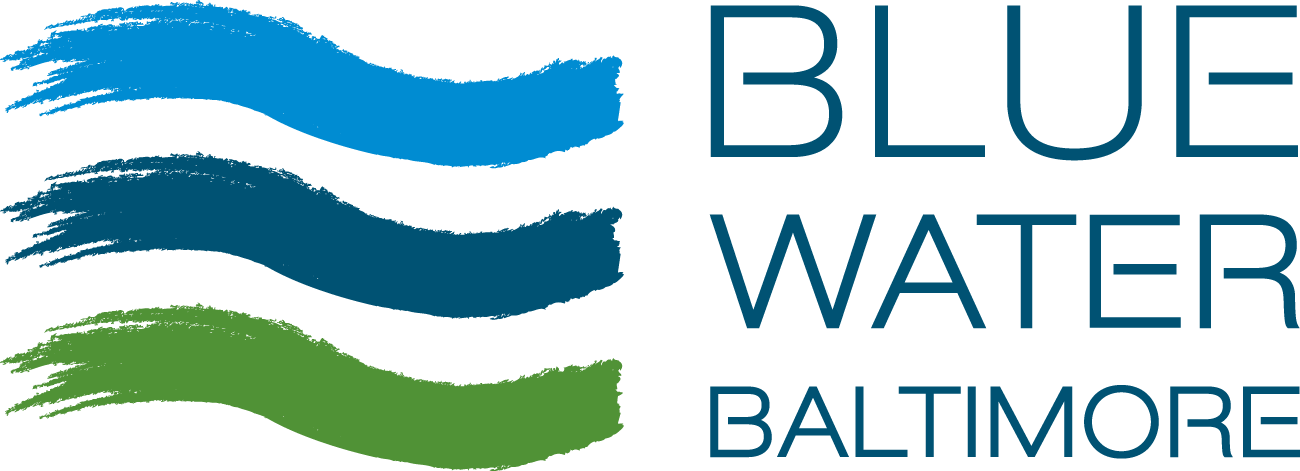Temperature
What is Temperature?
Water Temperature is the measurement of heat energy in water. Scientific applications typically record Temperature in degrees Celsius. Many factors affect Temperature including ambient air Temperature, water velocity and volume, inputs from runoff, and other natural and human sources of physical, biological, and chemical thermal pollution.
Why is Temperature important?
Aquatic plants and animals are evolutionarily adapted to live in specific Temperature ranges with seasonal variations. When water Temperature exceeds the acceptable range for a given organism, that organism may die, become stressed, or become excluded from their habitat. Other critical water-quality parameters, such as Dissolved Oxygen, are dependent on Temperature.
How do we measure Temperature?
Temperature is measured at tidal sampling sites with an optical probe lowered from our Waterkeeper boat the R/V Muckraker, into the water at each station location. Temperature readings are automatically collected at 0.25, 0.5 or 1.00 meter intervals from the water’s surface to just above the river bottom. Temperature at nontidal stations is measured by placing a YSI Probe into the water, completely submerging the sensor. We assess Temperature data using the Code of Maryland Regulation's (COMAR) pass/fail scale of ≤32°C (Use Class I & II waters), ≤20°C (Use Class III waters), ≤23.9°C (Use Class IV waters). COMAR defined use classes are listed below and ensure ecological health of aquatic ecosystems in Maryland waters.
Class I Waters — Water Contact Recreation and Protection of Nontidal Warmwater Aquatic Life.
Class II Waters — Support of Estuarine and Marine Aquatic Life and Shellfish Harvesting.
Class III Waters — Nontidal Cold Water.
Class IV Waters — Recreational Trout Waters.
http://www.dsd.state.md.us/comar/comarhtml/26/26.08.02.03-3.htm
